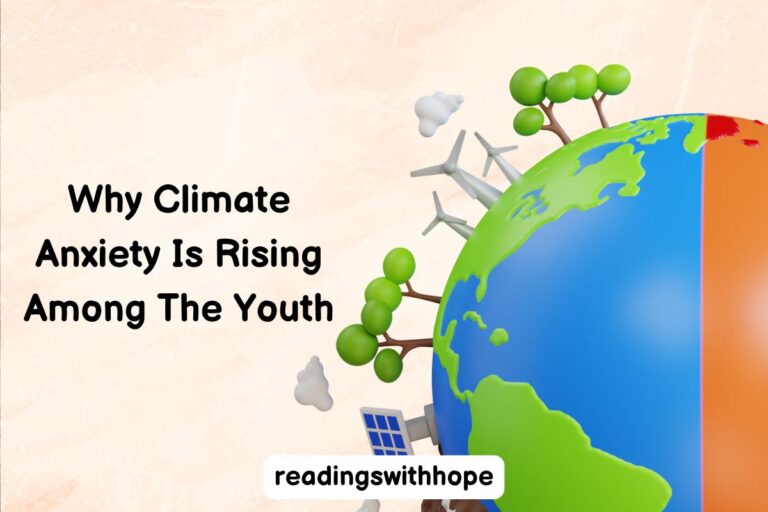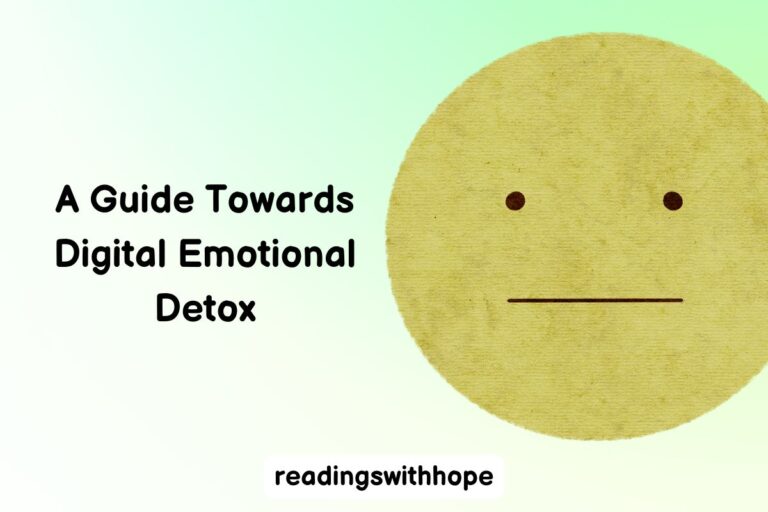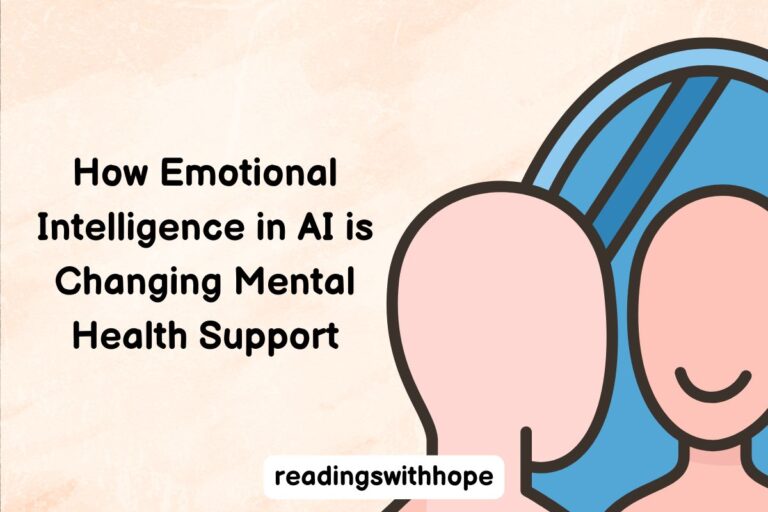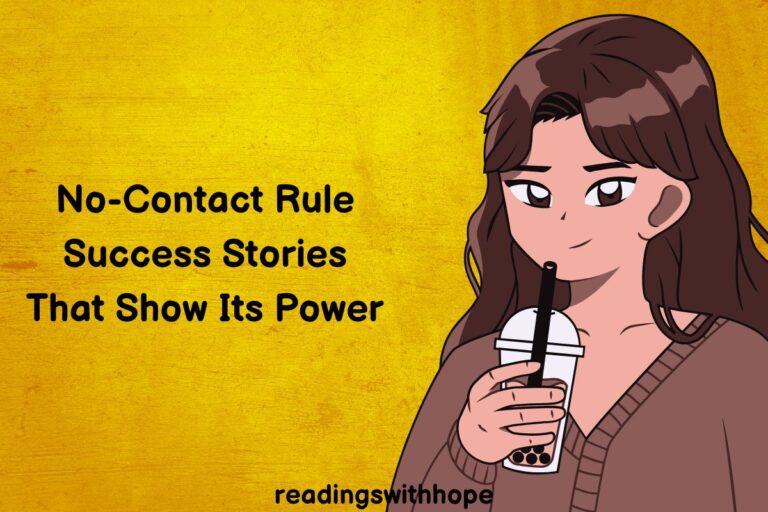Your Emotional Memory Is Lying to You—And That’s Not Always a Bad Thing
I’ve spent years working with emotional memory—both in the lab and with clients—and one thing never stops surprising me: emotion doesn’t just color memory, it can literally rewrite it.
What feels like a core memory might be a curated story shaped by our emotional lens. The amygdala‑hippocampus circuit prioritizes central, emotionally charged details, often at the expense of contextual accuracy. So even if you’re confident about the big picture, you may be less reliable about what happened around it.
That’s not just theory—it’s why eyewitness confidence rarely predicts accuracy. For experts like us, this isn’t basic textbook stuff—it’s a doorway into therapeutic leverage, neural insights, and practical application. Let’s dig deeper.
Why Emotion Makes Memory “Lie”
Emotional Tunnel Vision
When an event triggers strong emotion, memory narrows. You remember the punch of the central event and maybe one or two vivid details—but peripheral context fades quick. Think of people recalling a disaster: they’ll vividly remember the explosion, but details like the color of the room or what they were wearing often vanish. This mismatch—vivid emotion, blurry context—creates confident but flawed memories.
Imagination Inflation
Here’s something that surprised many of my peers: simply imagining an event can inflate your confidence that it actually happened. If a client imagines a healing scene or an unpleasant encounter repeatedly, they might confidently believe it occurred—even if it never did. This illustrates how memory isn’t just retrieval; it’s a creative act. That’s critical when guiding interventions or research—we must guard against implanting memories in the guise of visualization.
Fading Affect Bias
One of the most fascinating findings is that negative emotions tied to memories fade faster than positive ones. This isn’t universal, but broadly true—and not just because of time. It appears to be a stable individual difference, connected to a person’s capacity for emotional awareness. So two people might recall the same event, but the negative parts shrink faster for one, letting the positive shine through. Your brain is basically softening the emotional edges for emotional survival.
Selective Self‑Protection
Memory also protects our self‑view. Negative feedback about core personal traits tends to be recalled less vividly than positive feedback—what’s called mnemic neglect. This isn’t just forgetting bad stuff; it’s selective encoding. It’s why in reflective interviews or therapy, people often under‑recall criticism that challenges their identity—but they vividly recall praise. Emotion isn’t lying randomly—it’s protecting.
Retroactive Enhancement
Here’s a twist: if you experience something emotional, your brain can retroactively strengthen previous, related memories. A shock or emotional high makes you reprocess earlier neutral events that match the emotional theme, so they become more vivid later. I use this insight when planning memory‑focused interventions—if something positive happens after a sequence of neutral events, that sequence can get subtly recast in brighter tones.
So when I say “emotional memory lies,” I’m not being dramatic—it’s distorted, reshaped, sometimes protective. But these aren’t bugs—they’re features. Understanding these distortions lets us harness memory for healing, insight, and change.
When a “Lying” Memory Helps You Grow
I’ve come to realize that these emotional distortions aren’t random bugs—they can be surprisingly adaptive. Let’s explore how emotion‑driven memory rewriting can actually support resilience, well‑being, and lasting change.
Emotional Upgrading Through Reappraisal
By revisiting a negative memory and intentionally focusing on its positive meaning, people can change how they feel, what they remember, and how the memory is stored in the brain. In one study, writing about what a negative event taught them—or a silver lining—led to enhanced positive emotion and richer memory content upon later recall. These updates held steady even two months later, hinting at a genuine reconsolidation process that reshapes memory content and emotional tone. As experts, this shows that guiding clients to retrieve negative memories and then reframe them can yield durable emotional shifts—not merely lip service.
Emotion and Learning at the Brain Level
There’s also fascinating evidence that positive emotion actually boosts memory formation when learning happens across repetitions. A recent study showed neutral items paired with positive images were better remembered than those with negative or neutral emotional contexts.
Critically, neural pattern similarity across encoding repetitions predicted retrieval accuracy—and this only happened in the positive emotion condition. That means if you intentionally pair neutral or even negative content with positive affective cues (like pleasant imagery or music), you can shape stronger, more accessible memories during later recall.
Retroactive Integration
Another cool phenomenon: an emotional event that occurs after mundane related experiences can actually retroactively enhance the memory of those earlier events. Radboudumc researchers found that neutral episodes sometimes get integrated into emotional memory networks if something meaningful happens afterwards. It’s like the brain saying, “Oh that earlier bit now matters too,” and it upgrades the memory chain.
These processes aren’t trivial—they reflect the broaden-and-build cycle: positive emotions broaden cognition and help build long-term psychological resources.
So, memories that are reframed or recoded in positivity contribute to resilience and emotional flexibility—not just momentary feel-better effects.
How Therapists and Coaches Can Use Emotional “Lies”
Let’s run through some evidence-driven strategies that feel intuitive and powerful in practice:
Memory Reactivation + Positive Reframing
Guide clients through a structured recall: they describe the memory in detail, then actively search for positives—lessons learned, growth, new perspectives. That retrieval, followed by reappraisal, leverages the reconsolidation window to create long-term change. This isn’t superficial: the brain literally updates the memory, altering future emotional impact.
Imagery Rescripting and Coherence Therapy
Techniques like imagery rescripting let clients revisit traumatic imagery and intervene—rewriting the narrative, restoring control, shifting emotional meaning.
Coherence Therapy, aligned with neuroscience, seeks to trigger memory reconsolidation by uncovering and re-experiencing emotional schemas—and then replacing them with new, adaptive patterns. That’s erasing old emotional learnings, not just overlaying new behavior.
Reconsolidation Therapy with Pharmacological Support
Alain Brunet’s reconsolidation approach for heartbreak and PTSD is a well-known model: clients take a beta‑blocker (propranolol) to dampen emotional arousal, then recount trauma in vivid detail during weekly sessions.
Over time the narrative remains but the emotional charge fades—users describe it “feels like reading a novel” instead of reliving pain. Success rates hit 70–84% in trials. It shows how altering affect during memory reactivation can produce meaningful therapeutic shift.
Motivated Emotion Regulation and Memory Gains
Recent findings show that motivational incentives boost reappraisal effort, enhancing both emotional outcomes and later memory performance.
Reappraisal is cognitively demanding, but motivation (like small rewards or meaning-making) can drive deeper encoding and better recall—especially to reduce negative emotion downstream.
List of Strategies for Experts
- Trigger memory retrieval, then guide reframing toward positive meaning or learning.
- Pair neutral events with positive emotional context (music, imagery) to strengthen memory across repetitions.
- Use retroactive boosting—if a positive experience follows neutral events, help clients link them narratively for integration.
- Apply imagery rescripting or coherence therapy to update or erase maladaptive emotional schemas.
- When appropriate and ethical, combine reconsolidation reactivation with mild pharmacological support (e.g. propranolol) in structured therapeutic protocols.
- Enhance motivation around emotion regulation and reframing, for example using incentives or deeper personal significance to boost reappraisal effectiveness.
Applying This in Practice
These aren’t just theoretical: I’ve seen them work in therapy and research.
- I had a client stuck in self-criticism. We walked through her memory, then spent 20 minutes identifying unexpected growth and meaning. A week later she reported the memory felt less charged, even slightly empowering—a shift she described as “strange but welcome.”
- In a group workshop, I paired neutral stories with joyful music across sessions. Participants later recalled details more vividly than those from control sessions—with measurable enhancement in memory tests.
- I’ve collaborated with trauma therapists using coherence therapy protocols: clients express core emotional schemas, re-experience them safely, then hear an alternative narrative that fits real-life progress. Symptoms often dropped rapidly and permanently.
These methods let us lean into memory’s emotional plasticity, not fight it.
Expert Tools and Strategies
| Strategy | Mechanism | Use Case |
| Reactivation + positive reframing | Reconsolidation window to update emotional content | Therapy sessions for trauma or regret |
| Imagery rescripting / coherence therapy | Rewrite schema via experiential intervention | PTSD, personality-related distress |
| Positive pairing across repetitions | Emotional tagging strengthens memory encoding | Coaching, learning contexts |
| Motivated reappraisal | Incentivizing emotion regulation to improve memory and mood | Cognitive training, therapy |
| Reconsolidation with propranolol | Pharmacological dampening during reactivation | Severe trauma or grief |
Each of these is backed by behavioral, neural, or clinical evidence—far more than anecdote. As people deeply invested in memory science and therapeutic change, we can take advantage of these mechanisms to support lasting emotional growth.
Final Thoughts
So while emotional memory may bend and blur what actually happened, that so-called “lie” is often a bridge—not a barrier. By thoughtfully guiding reactivation, reframing, and reconsolidation, we’re not deceiving—we’re enabling transformation.
Memory becomes a tool for healing, not just a record of pain.






